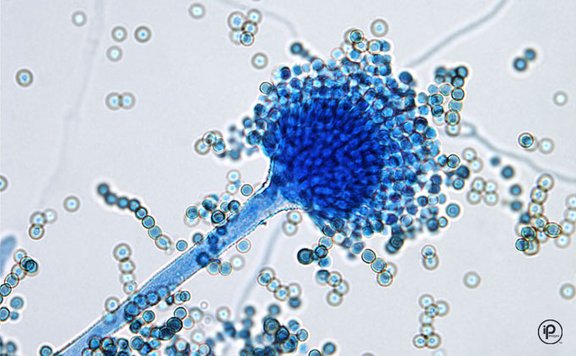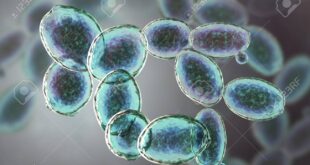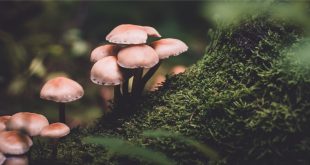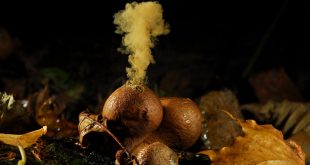Aspergillus
- Why do some sexual stages lack active antheridium?
- What are the conditions favouring sexual reproduction?
Good to know
- The mycelial or ascospore stages are the ones that overwinter in the life cycle.
Classification
Phylum: Ascomycota (Filamentous ascomyecetes)
Class: Ascomycetes
Order: Eurotiales
Family: Trichocomaceae
Genus: Aspergillus
Species: A. niger, A. flavus, A. fumigatus
Economic importance
- Aspergillus niger
Best safe and secure cloud storage with password protection
Get Envato Elements, Prime Video, Hotstar and Netflix For Free
Best Money Earning Website 100$ Day
#1 Top ranking article submission website
- Citric acid production from sugar solution.
- Production of gluconic acid and galic acid.
- Damage food stuffs.
- Use in medicine.
- Increases solubility of Calcium when combined as salt.
- Manufacture of toothpaste.
- Aspergillus oryzae
- Food processing.
- Production of alcoholic beverages called sachi or saki from rice.
- Aspergillus terreus
- Lung disease called tuberculosis.
- Production of Itaconic acid.
- Aspergillus wentii
- In Java, Aspergillus wentii is used in processing soyabean to loosen the hard tissues of the bean.
- Aspergillus fumigatus
- In the eye disease.
- Spoilage of food like fruits, cereals, post harvest and storage. Cereals like rice, wheat, maize, oil seed, cotton, jute, pulse, beans.
- Causes lung disease called Aspergillosis that is related tp respiratory organs. Causes sinuses, ear.
- Releases mycotoxin, aflatoxin (specially Aspergillus niger does this). Mycotoxin is carcinogenic also causes damage of liver and kidney.
Vegetative structure
The plant body is mycelial. The mycelium consists of slender, tubular, pale coloured, extensively branched, thin walled hyphae.
Imperfect stage or Asexual reproduction
Mycelial fragment or conidia . Conidia are arranged in basipetal chain i.e. the youngest conidium is at the base and oldest at the tip. Conidiophore long, aseptate, brown, vesicle present, sterigmata/ phialides present, spores in chain, one celled, echinulate, small dark brown in color, arising from particular thick-walled cell known as foot cell.
. Conidia are arranged in basipetal chain i.e. the youngest conidium is at the base and oldest at the tip. Conidiophore long, aseptate, brown, vesicle present, sterigmata/ phialides present, spores in chain, one celled, echinulate, small dark brown in color, arising from particular thick-walled cell known as foot cell.
Conidia arise in two forms:
- Uniseriate- where sterigmata/phialides arise from the surface of the vescicle.
- Biseriate- where sterigmata/ Phialides arise from a supporting cell known as mutalae.
Perfect stages or sexual reproduction
4 types of perfect stages
- Eurotium
- Sartorya
- Emericella
- Hemicarpentales
1. Eurotium
In Eurotium the sex organs, antheridia and archegonia are produced close to each other on somatic hyphae. Both are multinucleate, elongate often helical in structure, they coil around each other. Whether or not the antheridium is functional, a pairing of nuclei takes place in ascogonium either by nucleus of antheridium entering into archegonium or by the ascogonial nuclei themselves approach each other in pairs. The ascogenous hyphae then produces ascocarp. Typically the ascocarp is cleistothecium. Upon ascospores formation, the asci dissolve away leaving them free within the cleistothecium. e.g. Aspergillus repens.
2. Sartorya
Peridium made up of interwoven hyphae. It looks like a cotton ball. Functional ascogonium present but no antheridium. The ascocarp is cleistothecium type. There is no cellular structure of pseudoparenchymatous cells. e.g. Aspergillus fumigatus.
3. Emericella
Emericella has a cleistothecium embedded in a stroma. The wall of the cleistothecium consists of several layers of thick interwoven hyphae and, at maturity, is covered with thick hulle cells. Hulle cells can germinate and apparently function as diaspores. No sex organs are found. e.g. Aspergillus nidulans.
4. Hemicarpentales
Production of asci directly in a stroma without a cleistothecium wall.
Differences between two ascocarps: Eurotium and Erysiphe
| Eurotium | Erysiphe |
| Ascus are scatteredly arranged | Regularly arranged |
| Hymenial layer not formed | Hymenial layer present |
| Appendages absent on cleistothecium | 4 types of appendages are present |
| Ascospores are globose | ascospores are oval |
| Fibrosin bodies are abesnt | Fibrosin bodies are present. |
| Conidia are circular in shape | Conidia are elipsoidal or barrel shaped |
Penicillium
Classification
same as Aspergillus up to family.
Occurrence and distribution
Cosmopoliton, widely distributed, soil, air, storage grains, fruits
Vegetative structure
septate, profusely branched, pale lemon with greenish tinge, fungal colony, blue green with various shades.
Imperfecti stage or Asexual reproduction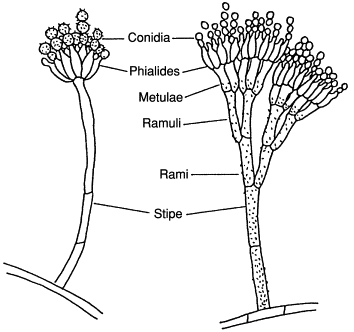
By mycelial fragments conidia. Development of conidia are much like that of Aspergillus but morphological structure differs. Conidiophore branches to form broom like structure which does not arise from foot cell. Branches are called primary sterigmata (rami) and secondary sterigmata (mutalae)
Perfect stage or Sexual reproduction
Cleistothecium 2 types:
- Eupenicillium
- Talaromyces
1. Eupenicillium
Asci are produced directly in a stroma without a cleistothecial wall. In Eupenicillium, the stroma reaches a definite size with the walls consisting of thick walled pseudoparenchyma. Asci arise from dichotomously branched ascogenous hyphae that develop from an ascogonium at the centre of the stroma. Cells of the stroma lyse as the ascogenous system extends outward and eventually fills the stroma.
2. Talaromyces
Uninucleate hyphae bear uninucleate, club shaped ascogonia. An antheridium which generally originate as a uninucleate branch of a separate hypha, grows spirally up the ascogonium. At the point where the thin tip of antheridium touches the ascogonium, the walls dissolve and two protoplasts come in contact with each other. Then ascogenous hyphae are produced and karyogamy takes place in ascus mother cells which subsequently produce asci in chains.
Importance
Alexander Flemming invented Penicillin antibiotic in 1928.
Penicillium notatum
- chrysogenum (mutants)
- italicum
- digitarium
- camemberti (Camembert cheese)
- roquefart
- Penicillium griseofulvum
- An antrifungal antibiotic named ‘’Griseofulvin’’ is produced.
- Penicillium roqueforti
- Used for Roquefort cheese.
- Penicillium camemberti
- Used for camembert cheese.
- Penicillium italicum (blue mold) and Penicillium digitarium (green mold)
- Both are destructive for citrus food.
- Penicillium expansum
- Responsible for decay of apples in storage.
 Plantlet The Blogging Platform of Department of Botany, University of Dhaka
Plantlet The Blogging Platform of Department of Botany, University of Dhaka
